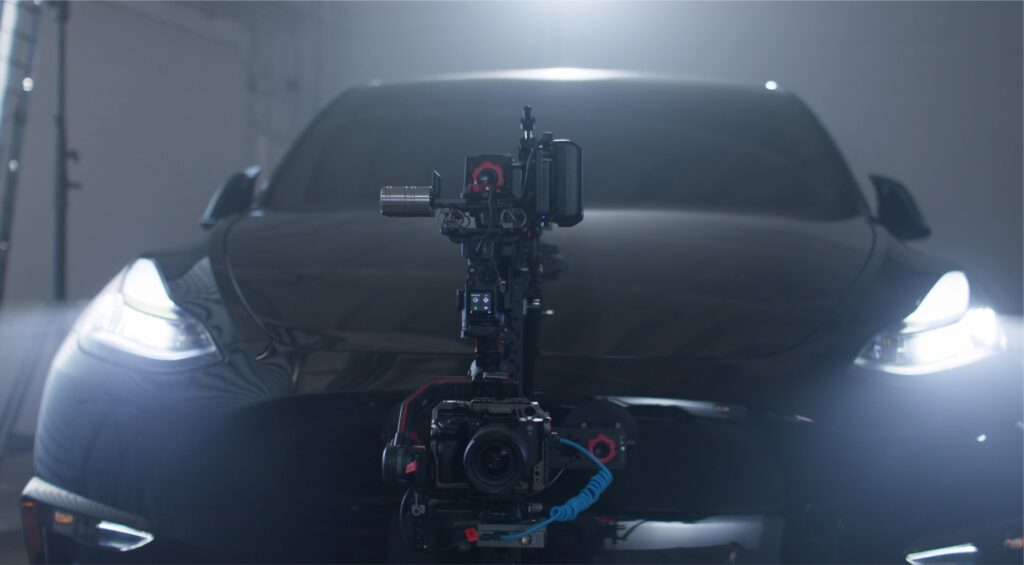A well-organised video production workflow is crucial for creating high-quality content efficiently. From pre-production planning to shooting schedules and post-production processes, each phase plays a vital role in bringing your vision to life. In this blog post, we’ll explore essential steps to streamline your video production workflow and ensure a smooth, successful project.

Pre-Production Planning
Pre-production is the foundation of your video production workflow. Proper planning at this stage can save time, reduce costs, and prevent headaches down the line. Here are the key steps involved:
Concept Development
- Define Your Goals: Understand the purpose of your video and the message you want to convey.
- Audience Research: Identify your target audience and tailor your content to their preferences and needs.
- Creative Brief: Outline the key elements of your project, including the concept, style, tone, and key messages.
Scriptwriting
- Story Outline: Create a detailed outline of your story, including the beginning, middle, and end.
- Script Drafting: Write the script, focusing on dialogue, narration, and key actions.
- Revisions and Feedback: Revise the script based on feedback from stakeholders and team members.
Storyboarding
- Visual Plan: Develop a storyboard to visualise each scene and shot.
- Shot List: Create a shot list detailing all the shots needed, including camera angles, movements, and specific actions.
Budgeting
- Estimate Costs: Prepare a budget that covers all aspects of production, including equipment, locations, talent, and post-production.
- Allocate Resources: Allocate resources efficiently to ensure you stay within budget.
Scheduling
- Production Timeline: Develop a production timeline that outlines all key milestones and deadlines.
- Shooting Schedule: Create a detailed shooting schedule that coordinates the availability of locations, talent, and crew.
Shooting Schedules
A well-planned shooting schedule ensures that your production runs smoothly and stays on track. Here’s how to create an effective shooting schedule:
Location Scouting
- Site Visits: Visit potential locations to assess their suitability and logistics.
- Permits and Permissions: Secure any necessary permits and permissions for filming.
Casting
- Auditions: Conduct auditions to find the right talent for your project.
- Casting Decisions: Make final casting decisions and schedule rehearsals as needed.
Equipment and Crew
- Equipment List: Prepare a comprehensive list of all equipment needed for the shoot.
- Crew Coordination: Schedule your crew members and ensure everyone knows their roles and responsibilities.
Daily Call Sheets
- Detailed Plans: Create daily call sheets that outline the shooting schedule, locations, and key contact information for each day of production.
- Distribution: Distribute call sheets to all cast and crew members in advance.
Post-Production Processes
Post-production is where your raw footage is transformed into a polished final product. Here are the key steps involved:
Ingest and Organise Footage
- Import Footage: Import all your footage into your editing software.
- Organise Clips: Organise your clips into bins or folders based on scenes, takes, and camera angles.
Editing
- Rough Cut: Create a rough cut of your video by assembling the key scenes in sequence.
- Fine Cut: Refine the rough cut, focusing on pacing, transitions, and continuity.
- Final Cut: Make final adjustments to the edit, ensuring everything is polished and cohesive.
Audio Editing
- Sound Design: Add sound effects, music, and dialogue to enhance the video’s audio quality.
- Mixing and Mastering: Balance and mix the audio levels to ensure clarity and consistency.
Colour Grading
- Correct Colour: Adjust the colour balance and exposure to create a consistent look.
- Creative Grading: Apply colour grading to enhance the visual style and mood of your video.
Visual Effects
- Add VFX: Incorporate any necessary visual effects to enhance the final product.
- Review and Refine: Review the VFX and make any necessary adjustments.
Export and Delivery
- Export Settings: Choose the appropriate export settings based on the final delivery format.
- Quality Check: Conduct a final quality check to ensure there are no errors or issues.
- Distribution: Deliver the final product to the client or distribute it through the appropriate channels.
Conclusion
Streamlining your video production workflow from pre-production planning to post-production processes is essential for creating high-quality content efficiently. By following these steps and staying organised, you can ensure a smooth production process and achieve professional results.
Need help with your video production workflow? Contact us for expert advice and support. We’re here to help you streamline your production process and create stunning videos that engage your audience.
By implementing these best practices, you’ll be well-equipped to handle any video production project, ensuring that your final product is both visually and audibly captivating.





